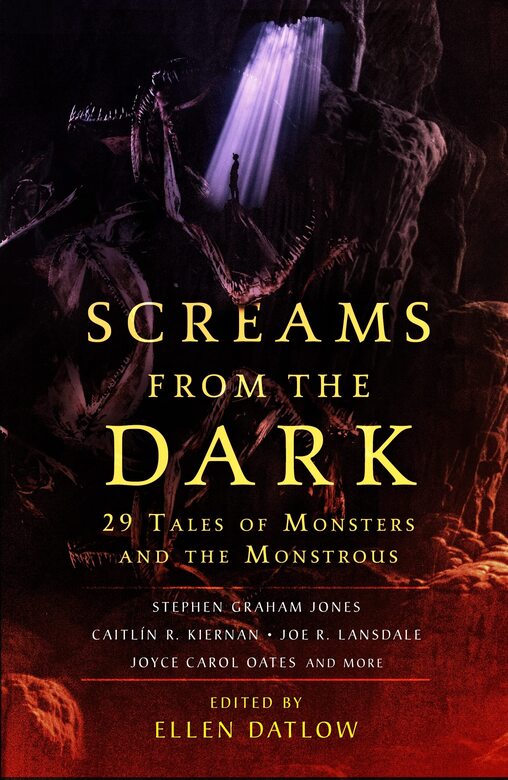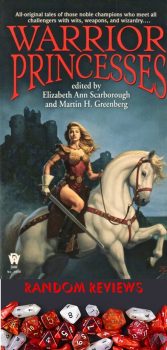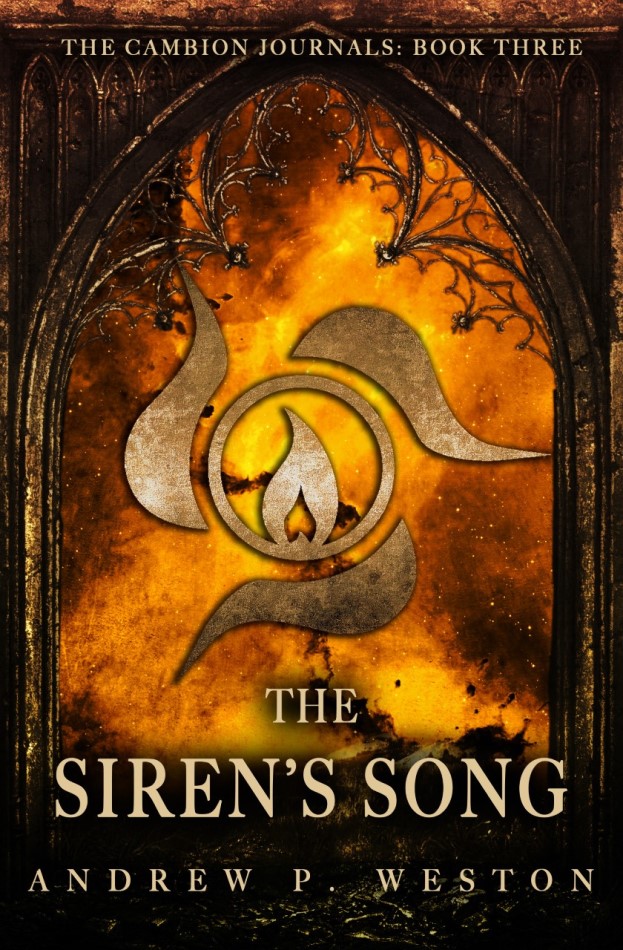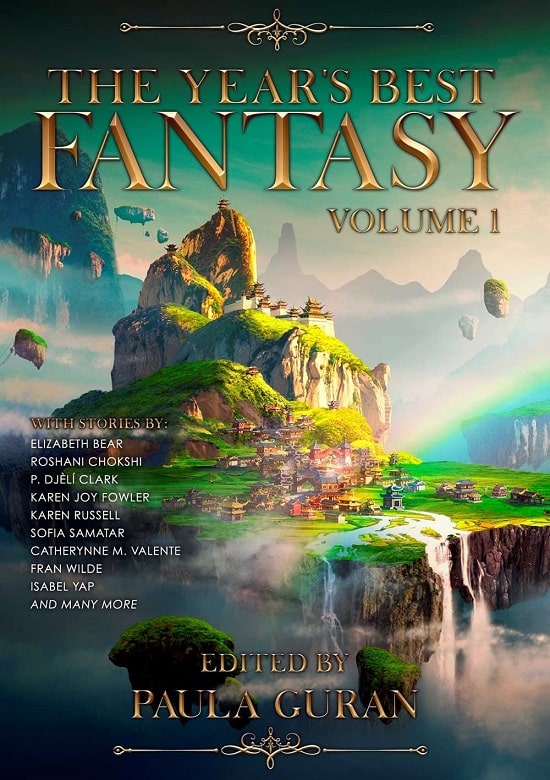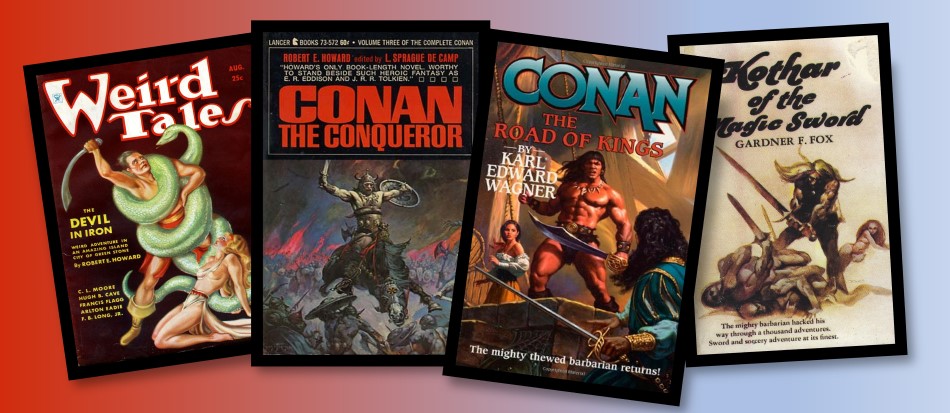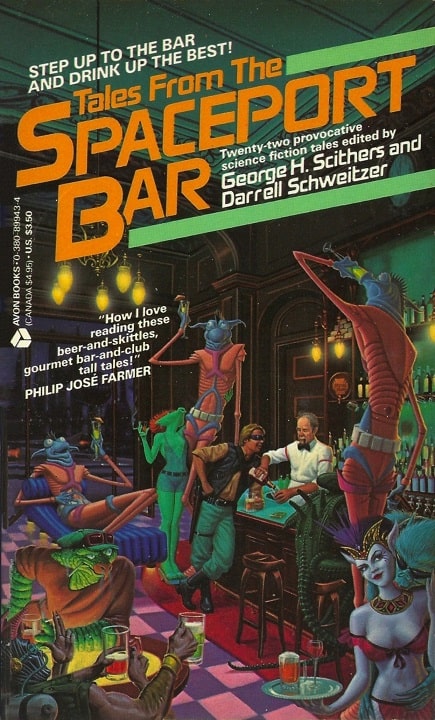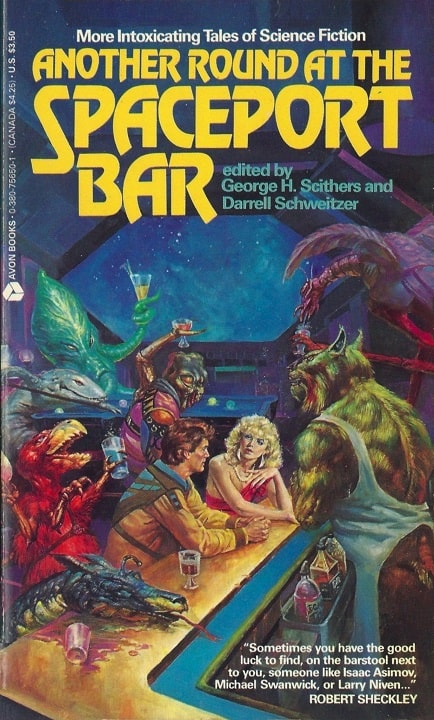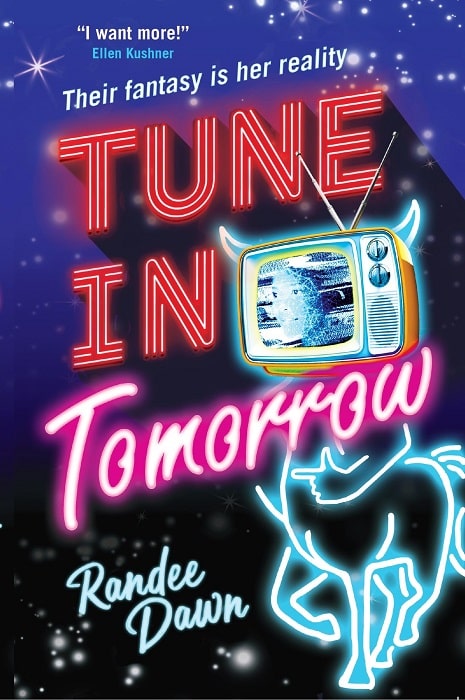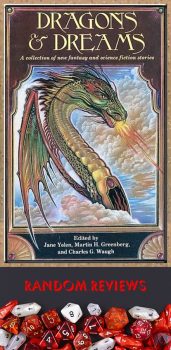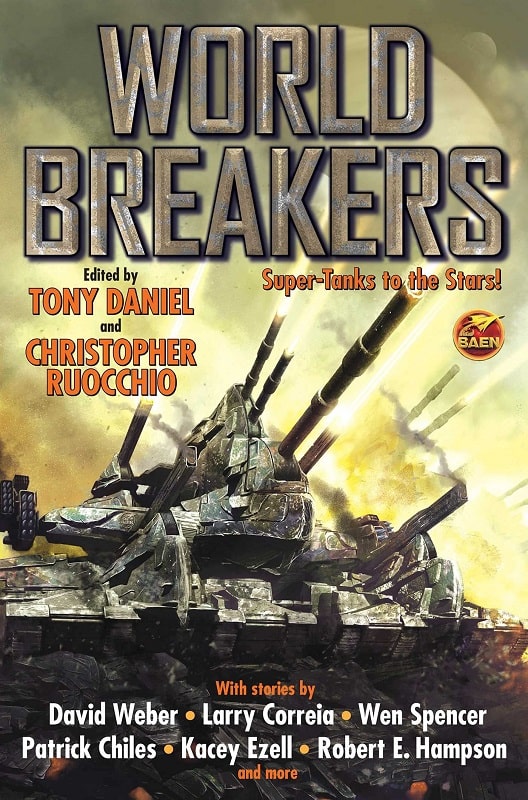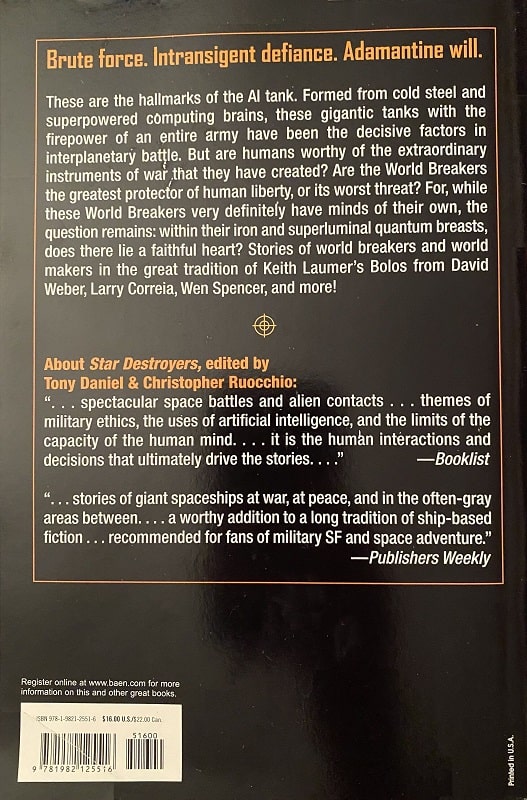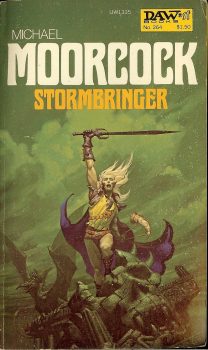 There came a time when the destiny of Men and Gods was hammered out upon the forge of Fate, when monstrous wars were brewed and mighty deeds were designed. And there rose up in this time, which was called the Age of the Young Kingdoms, heroes. Greatest of these heroes was a doom-driven adventurer who bore a crooning runeblade that he loathed.
There came a time when the destiny of Men and Gods was hammered out upon the forge of Fate, when monstrous wars were brewed and mighty deeds were designed. And there rose up in this time, which was called the Age of the Young Kingdoms, heroes. Greatest of these heroes was a doom-driven adventurer who bore a crooning runeblade that he loathed.
His name was Elric of Melniboné…
from the Prologue to Stormbringer
⇐ That cover, more than any other, depicts the absolute coolness of swords & sorcery and what I like about it. Michael Whelan’s painting for the 1977 DAW edition of Michael Moorcock’s Stormbringer (1965) is the first time in over two hundred essays I haven’t put the first edition cover first. You can talk about heroism, barbarism vs. civilization and whatnot until the end of the day but, ultimately, this is what I dig. That depiction of Elric, runeblade held high, Horn of Fate trailing behind him, under the storm-wracked heavens, says more about what brings me back to the genre than any book-long disquisition ever could. It’s just so stinking cool. Its appeal is purely and mind-blowingly visceral.
When I was in my mid-teens, all my friends and I devoured these books relentlessly. As soon as one of us finished one series we plunged right into the next. The gradual realization that all of Moorcock’s S&S stories were linked in some crazy pattern made our reading even more compulsive. Many, many elements in his books wound up in roleplaying sessions. I ended at least one universe in a very Moorcockian style.
I did a quick count of how many Moorcock books I’ve read and got over thirty. Some of them, particularly the assorted Eternal Champion books (Elric, Dorian Hawkmoon, Corum, etc.), I’ve read numerous times. I’ve probably read all six Corum novels five or six times. I have definitely not reread any other S&S books, neither Robert E. Howard’s nor Karl Edward Wagner’s, anywhere near that number of times. Moorcock’s books have done more than any other’s to build the framework of what S&S writing is for me if by no other measure than number of pages read. There’s more creativity when it comes to characters and world-building in almost any of his slim DAW yellow-spine books than nearly any monstrous tome I’ve bludgeoned my way through.
…
Read More Read More
